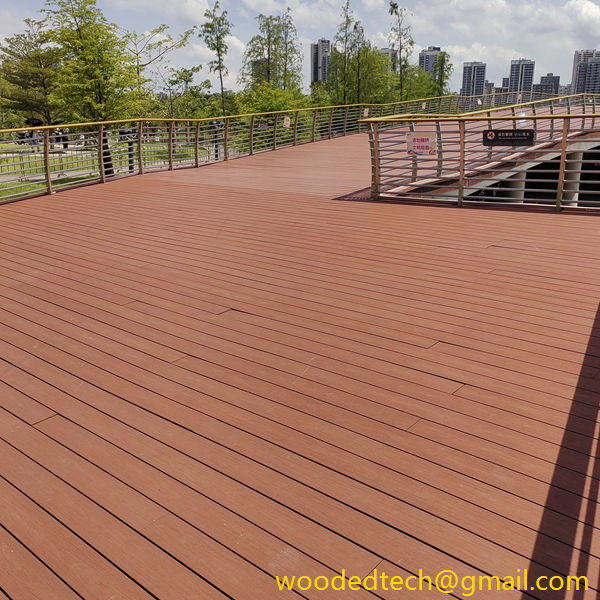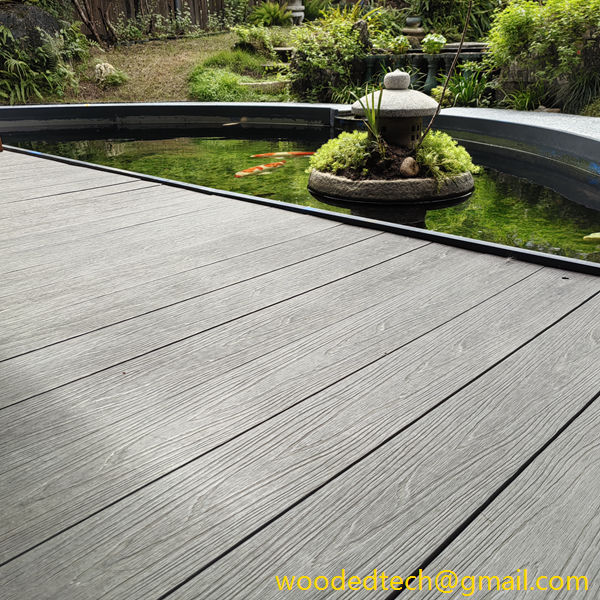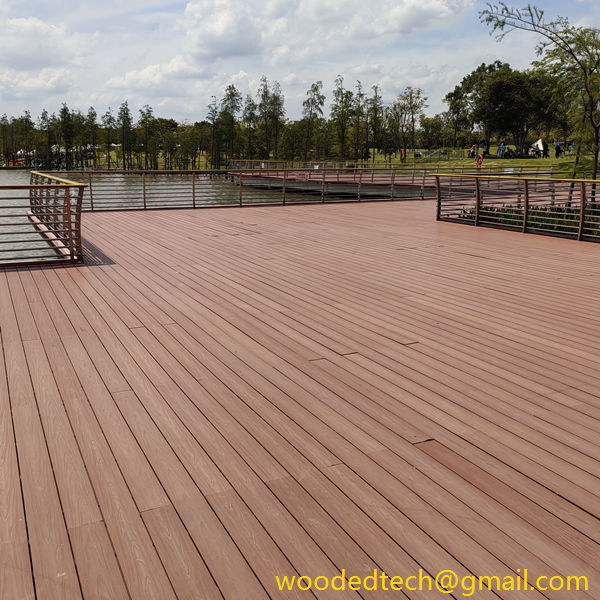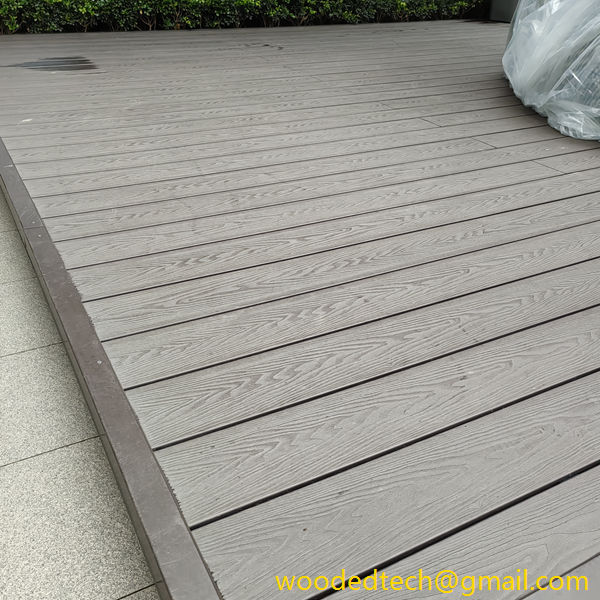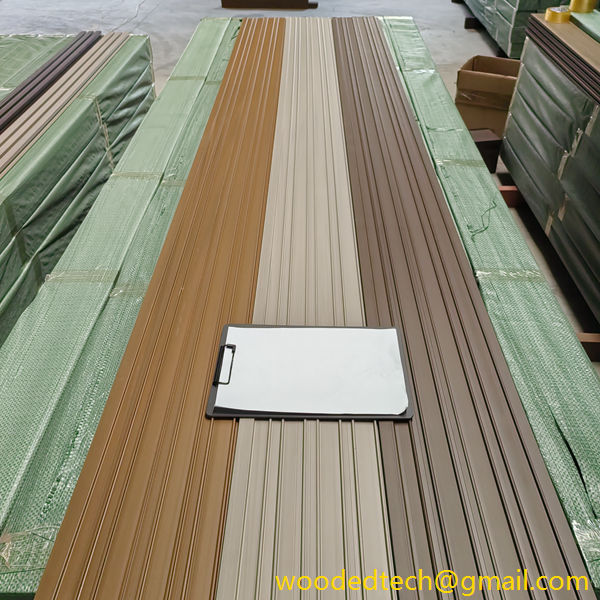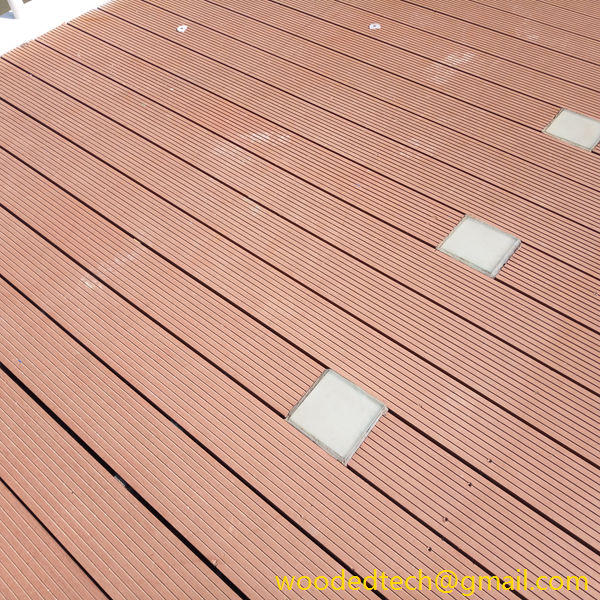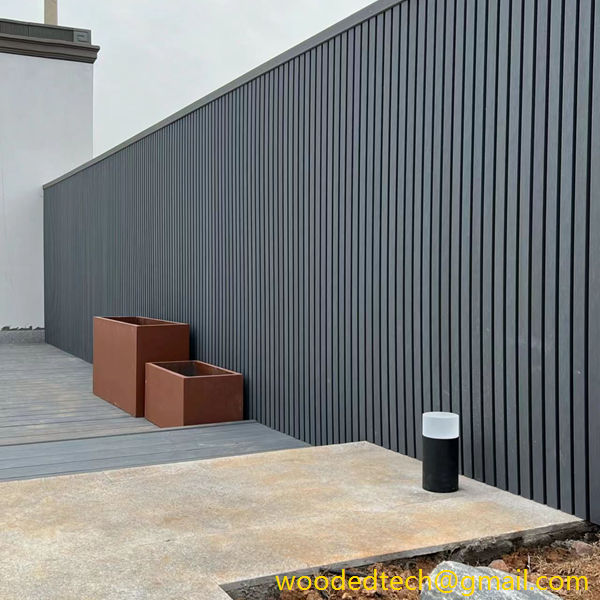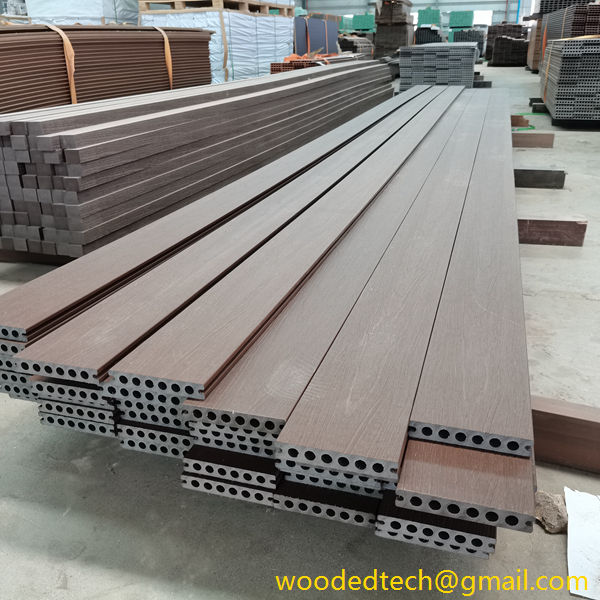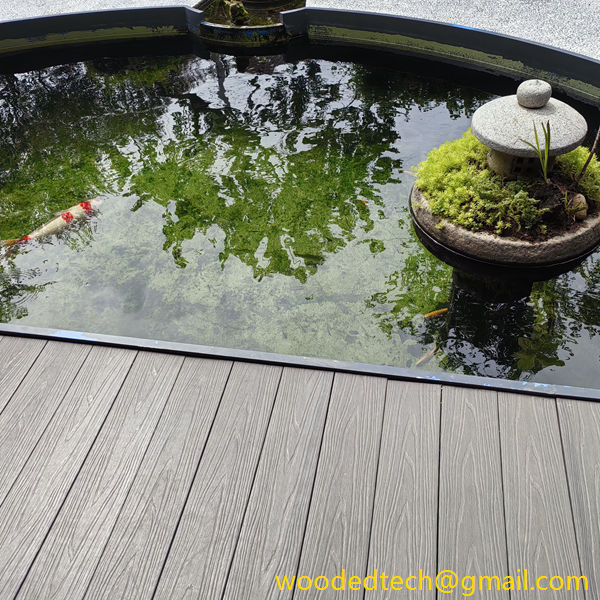Solutions for Water Pooling on Composite Deck to Prevent Damage and Maintain Aesthetic Appeal
Solutions for Water Pooling on Composite Deck to Prevent Damage and Maintain Aesthetic Appeal Water pooling on composite decks can be a significant concern for homeowners, as it can lead to damage over time and detract from the overall aesthetic appeal of the outdoor space. Composite decks, made from a blend of wood fibers and…
Solutions for Water Pooling on Composite Deck to Prevent Damage and Maintain Aesthetic Appeal
Water pooling on composite decks can be a significant concern for homeowners, as it can lead to damage over time and detract from the overall aesthetic appeal of the outdoor space. Composite decks, made from a blend of wood fibers and plastic, are designed to be durable and low-maintenance. However, they are not immune to the issues that can arise from improper drainage and water accumulation. Addressing water pooling effectively can enhance the longevity and appearance of your deck. Here, we will explore several solutions for managing water pooling on composite decks, emphasizing easy installation methods.
Understanding the Causes of Water Pooling
Before diving into solutions, it is essential to understand what causes water pooling on composite decks. Several factors can contribute to this issue, including poor drainage design, the deck’s slope, and the presence of debris such as leaves and dirt. When a deck is not installed with proper drainage considerations or if it has settled unevenly, water can accumulate in certain areas, creating puddles that can damage the deck over time.
Evaluating the Slope
One of the first steps in addressing water pooling is to evaluate the slope of your deck. Ideally, a deck should have a slight slope away from the house to facilitate water runoff. If you notice pooling, check if your deck is level or if it slopes towards the house. If the slope is insufficient, you may need to consult with a professional to adjust the deck’s structure or to install additional supports that can help create a proper gradient.
Installing Deck Drains
For areas where pooling is particularly problematic, installing deck drains can be an effective solution. Deck drains are specially designed to channel water away from the deck and into a drainage system. They can be integrated seamlessly into the decking material, providing a clean and aesthetic look while solving the water pooling issue. The installation process typically involves cutting out sections of the composite decking to fit the drains and connecting them to existing drainage systems or directing water to a safe area away from the deck. For those comfortable with DIY projects, this solution is manageable with basic tools and can significantly improve water flow.
Using Drainage Mats
Another straightforward solution for preventing water pooling is the use of drainage mats. These mats are designed to create a breathable layer between the composite deck and the ground, allowing water to flow freely underneath the deck. They can be installed easily during the initial deck installation or retrofitted onto existing decks. Drainage mats help to redirect water away from the deck and prevent it from accumulating on the surface. They are also beneficial for preventing moisture buildup, which can lead to mold and mildew growth.
Incorporating Gutter Systems
If your composite deck is adjacent to your home and experiences pooling due to roof runoff, consider installing a gutter system. Gutters can effectively divert rainwater away from the deck area, minimizing the amount of water that can accumulate on the surface. This solution may require a bit more installation work, as it involves attaching gutters to your home and ensuring that downspouts direct water away from the deck. However, once installed, gutters can significantly reduce water pooling and protect both your deck and home from potential water damage.
Regular Maintenance
Regular maintenance is vital for preventing water pooling on composite decks. Keeping the deck clean and free of debris can help maintain proper drainage. Leaves, dirt, and other debris can block water flow and contribute to pooling. Sweeping the deck regularly and using a leaf blower can keep it clear, allowing rainwater to flow off the surface. Additionally, inspecting the deck for any signs of damage or settling can help you catch potential problems early, allowing for timely repairs.
Using Decorative Solutions
In addition to functional solutions, homeowners can also consider decorative options that can help manage water pooling while enhancing the aesthetic appeal of the deck. For instance, installing planters or decorative stones in areas prone to pooling can absorb excess water and provide an attractive visual element. These solutions not only assist with drainage but also add character to your deck space.
Consulting with Professionals
For more complex issues related to water pooling on composite decks, it may be beneficial to consult with professionals who specialize in deck construction and maintenance. They can provide expert advice on the best solutions for your specific situation and ensure that any installations are done correctly and safely. Professionals can also assess the overall drainage system of your property and recommend improvements that will benefit your entire landscape.
Conclusion
Addressing water pooling on composite decks is essential for maintaining both the integrity and appearance of your outdoor space. By evaluating the slope, installing drains, utilizing drainage mats, incorporating gutters, performing regular maintenance, and considering decorative solutions, homeowners can effectively manage water accumulation. Whether opting for DIY solutions or enlisting the help of professionals, taking proactive steps can prevent damage and ensure that your composite deck remains an inviting and beautiful extension of your home for years to come.

